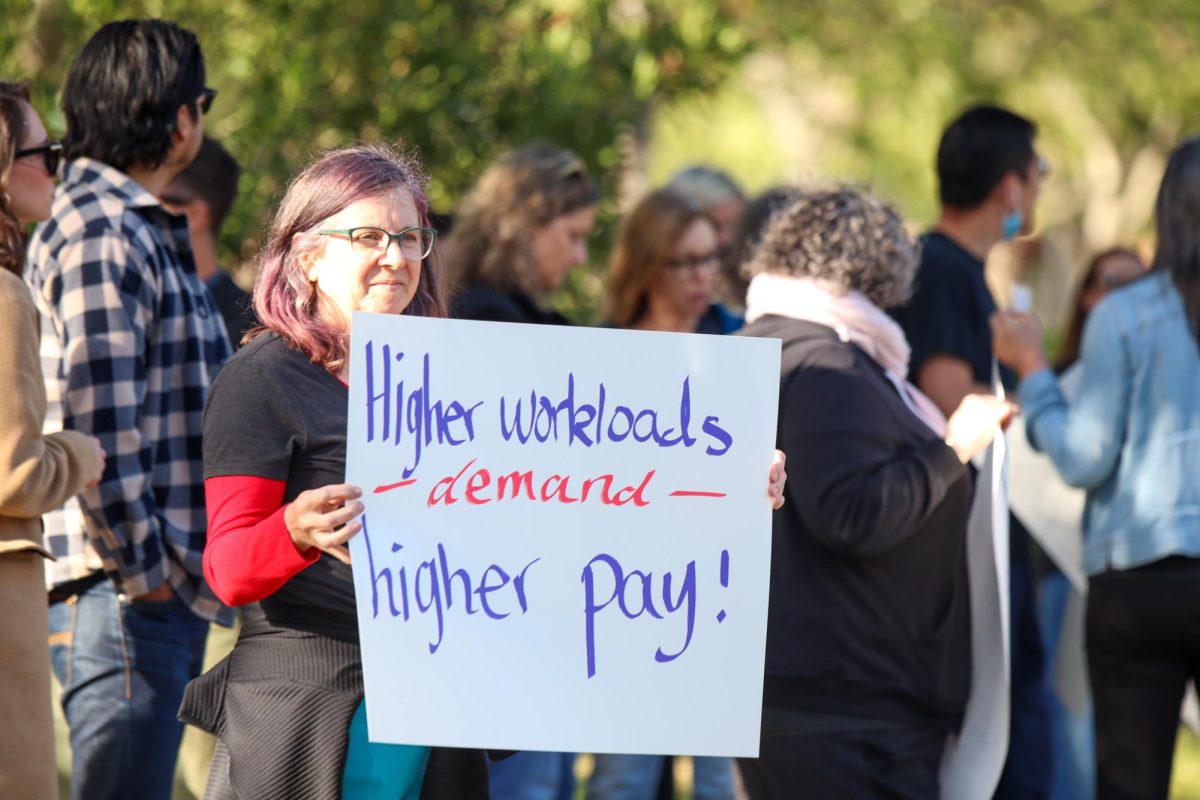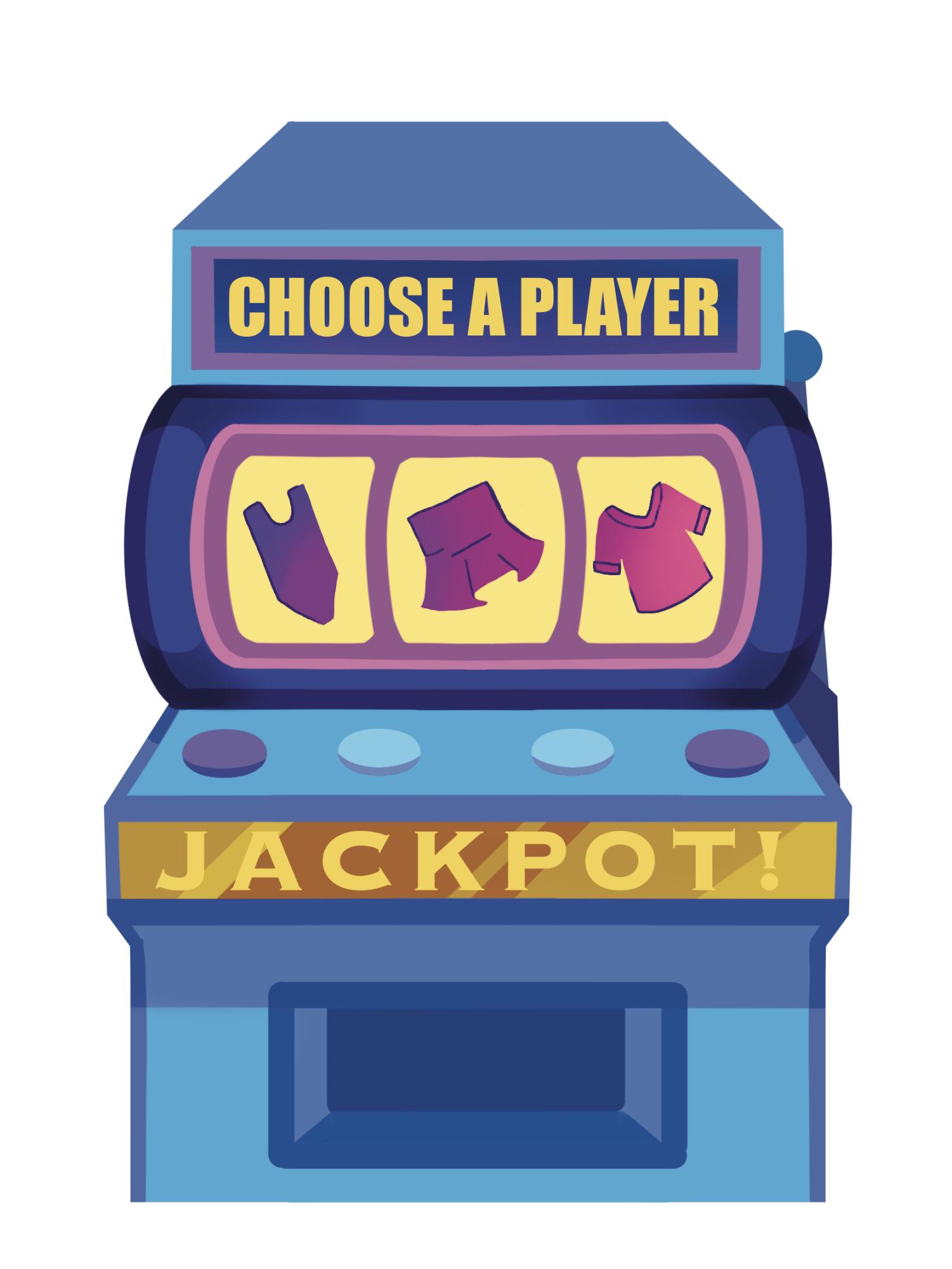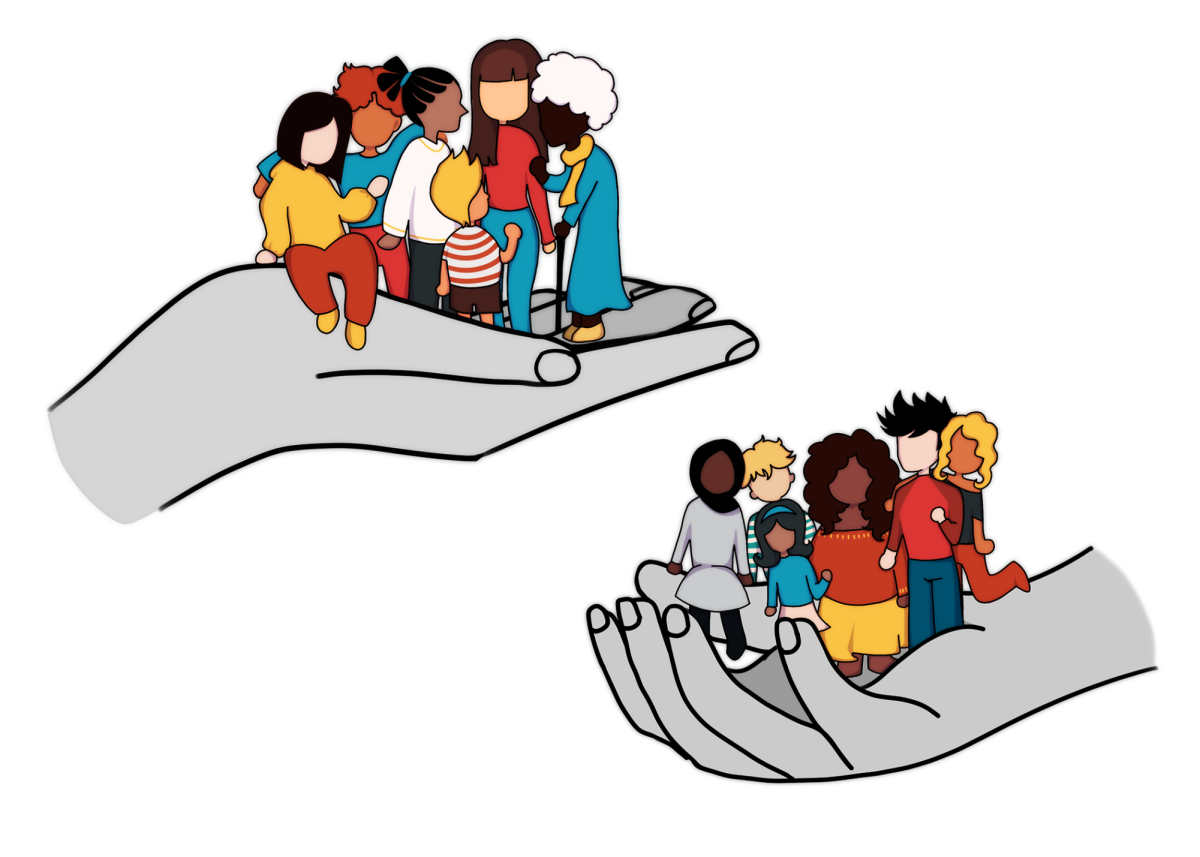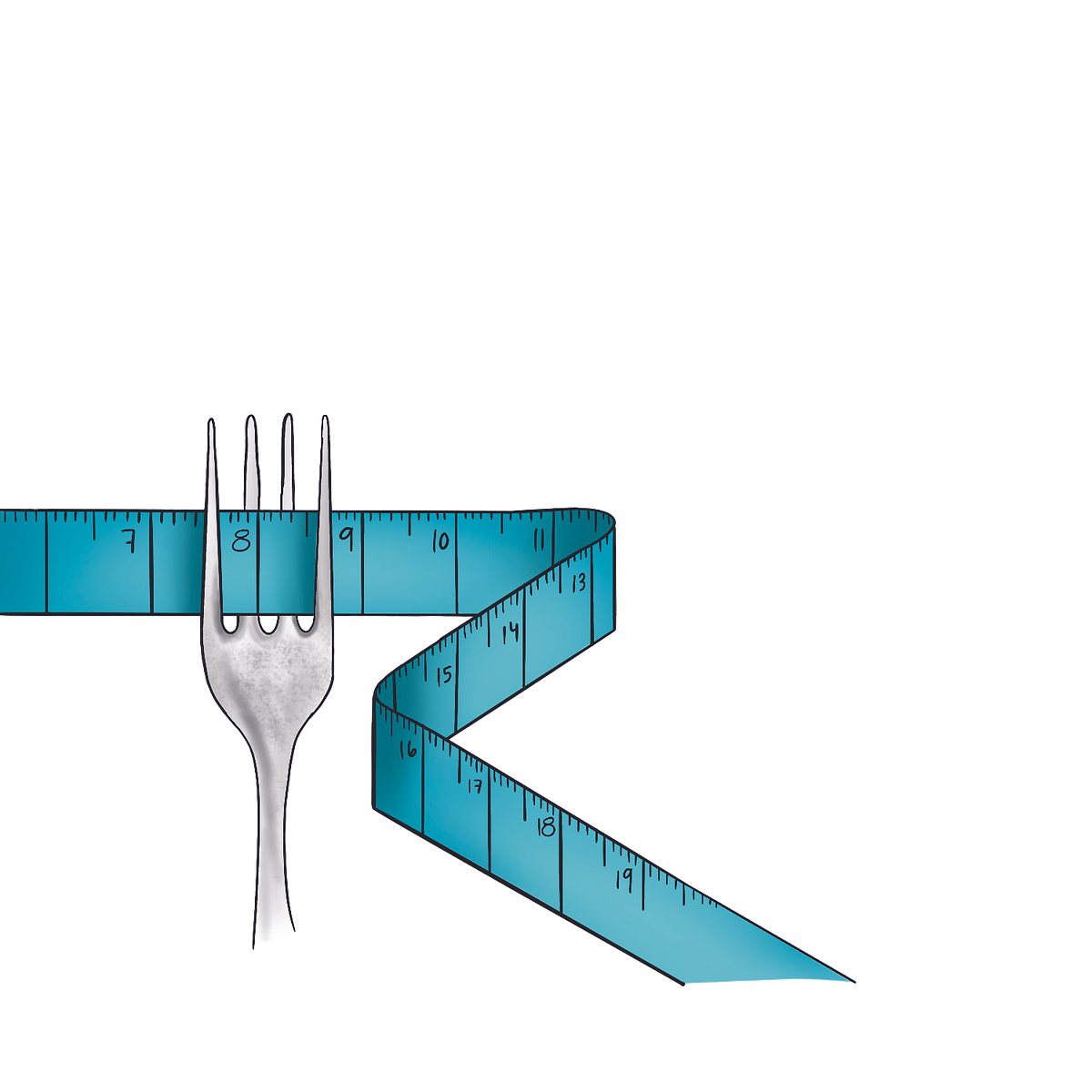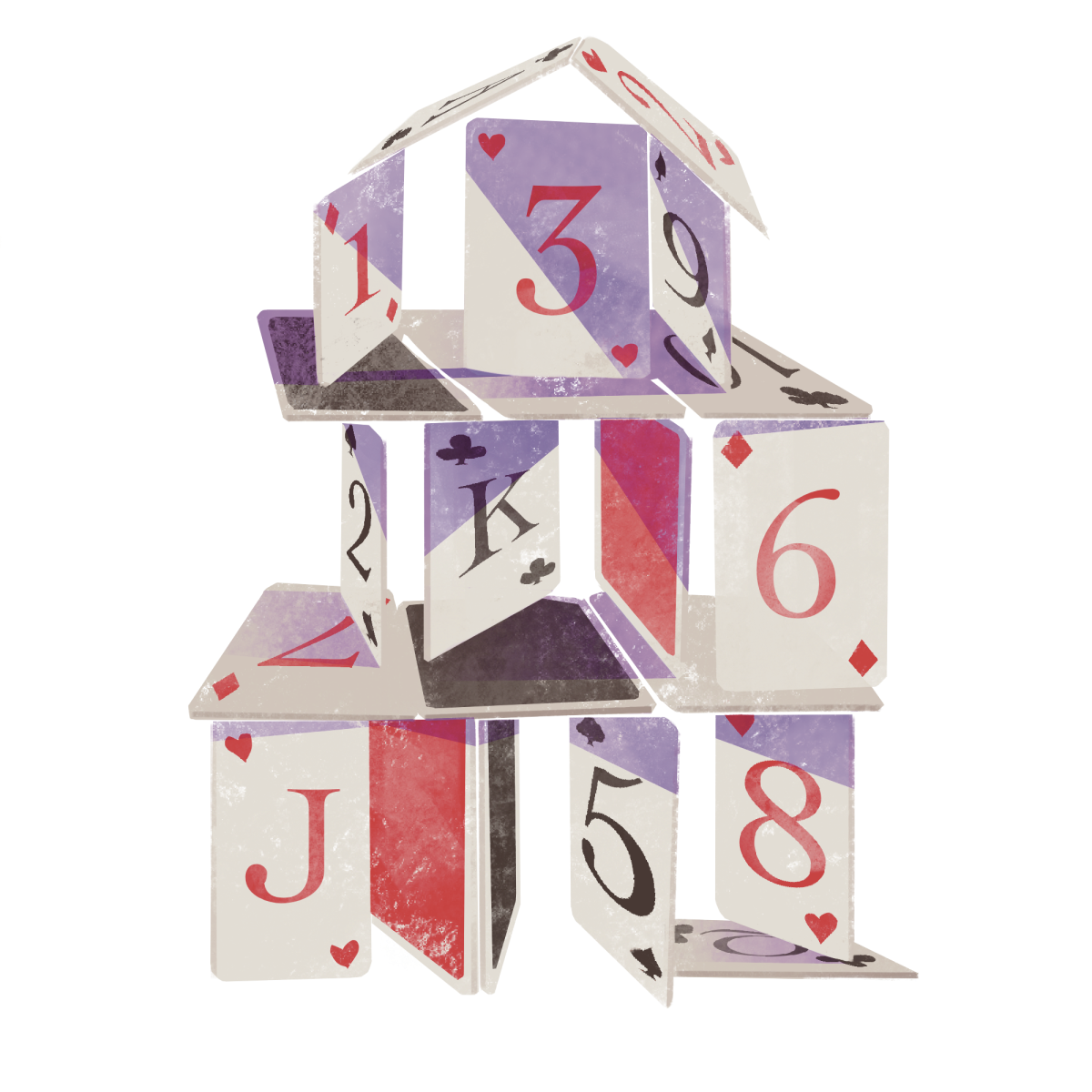What do you want to do when you grow up? Adults have incessantly asked this question to children and teenagers. When we were younger, our aspirations ranged from the President of the United States to firemen, but back then, the question was trivial. We could answer what we wanted without any ramification or commitment. But now, as we edge closer and closer to entering the job market and starting our own careers, the same question bears much more weight. Many high school students in Palo Alto started planning their futures at a very young age. Junior Lande Watson believed as early as eight-years-old that she wanted to be a politician.
“I was positive I was going to be President of the United States,” Watson said. “[But] when you get to high school you realize that there are a lot of other people who are in harder classes who are going to go to ‘better’ universities, and you have to adjust your plans accordingly.”
Senior Sonia Targ, on the other hand, has changed her mind multiple times. When she was in elementary school, she wanted to be a teacher. When she was in middle school, she wanted to be a marine biologist. And now, though she has not yet fully decided on what exactly she wants to be, she has developed an interest in science and is seriously considering a field related to medical research.
“I think the Palo Alto community has had an impact on my career decisions, even if I wasn’t completely aware of its effects,” Targ said. “People in this area definitely encourage an ambition and are very educationally centered.”
While some students change their future plans as they grow up, others choose to pursue the same careers they dreamed about when they were young. But in Palo Alto, having a successful career seems to be the norm due to the availability of resources and opportunities as well as all the success that surrounds us.
“The Bay Area has an enormous wealth of talent and resources in almost any field you can imagine,” Paly alumna (‘09) Sasha Targ said. “The most direct impact I see from having a Palo Alto upbringing is the strength of the education here.”
Targ is pursuing a career as a physician-scientist. Through combining research and medicine, she hopes to improve people’s lives by developing new ways to prevent and cure disease.
“My parents are both doctors, so I was exposed to medicine from a young age,” Targ said. “Research didn’t come until later — high school biology and chemistry were when I first thought I might want to pursue science either instead of or alongside a health profession.”
We have a lot to live up to. According to the California Department of Education, 74.8 percent of the expected class of 2010 graduated from high school. However, PAUSD reported that Paly had a 98.17 percent graduation rate for the same school year. And high school graduation is only step one of our idea of the road to success. In fact, rarely do students deviate from the traditional path we believe we must follow to reach our goals: graduate from from high school, attend a “good” college — preferably an Ivy League — and get a job as a doctor, businessperson or something of an equally high caliber.
This path to “success,” while not necessarily incorrect, is a limited view built off those we see around us. Our role models, such as our parents and neighboring professors at Stanford University, have often built their careers from a traditional career path, and we feel compelled to follow their example.
But more and more we see that academic skills do not always fully equip us to succeed in the real world. Getting a 2400 on the SAT, taking five AP classes and loading up on extracurriculars may help us get into college, but this narrow approach to success often fails to provide us with the creative and critical thinking skills necessary to lead fruitful modern careers.
We currently embody what the esteemed journalist David Brooks has coined as the generation of “organization kids.” We play by the rules, load up our schedules to their maximum capacities and are increasingly task-oriented. Whether we are occupied with academic courses, varsity sports, school orchestra or SAT preparation, we schedule nearly every single minute of every single day.
We focus on these activities so we can go to college and get a desired career, but our narrow mindset often leaves us oblivious to how careers are developing and the new types of skills they require. We cannot be the outdated “organization kids” anymore, at least not in the constantly evolving job market of today.
Paly alumn (‘88) James Andrews founded the innovative social networking companies Social People in 2010 and Everywhere in 2009. Though he began by following a typical career path by attending college, the rest of his journey was far from traditional. Social networking did not exist when he graduated high school, and there is no way he could have imagined himself ending up where he is now.
“You have to evolve,” Andrews said. “You have to look at the global market. You have to understand the complexities about what is happening in other parts of the world. We work and live in a global society.”
The job market we are going into is anything but conventional, with new fields developing every day, and Silicon Valley is the epicenter for these changes. We see jobs that were not available twenty, sometimes even 10 years ago. With experts in fields like social media, biotechnology, software and hardware, our area thrives on novel ideas that lead to companies like Google, Apple and Facebook.
As students living in the Silicon Valley, it is time we change our approach to success to one that emphasizes creativity and innovative thinking.
“Companies want innovators,” Andrews said. “Technology is pushing in so many areas you have to be innovative. They don’t teach networking, and they don’t teach innovation [in schools].”
Our generation has the potential to shape a new age of entrepreneurship and revolutionary ideas, which is seldom achieved through following a formulated process and a strict path. For many students, sticking to the traditional career path, which stresses getting good grades and going to college, routinely takes precedence over innovating and learning.Paly students appear to be well prepared overall, but in reality, they stress too much on grades rather than growth. Learning is not limited to the classroom. We learn more by taking risks out in the real world than in the isolation we call school. Sometimes, students have to put themselves out there and take chances, even risking the chance of failing.
“Failure [was my best learning experience],” Andrews said. “Going bankrupt with a dot-com. Personal failure, falling on my face, having to start over, having financial turmoil. I wouldn’t trade that for the world.”
Learning from failure is an essential stepping stone to success and a necessary, however difficult, method for those preparing for future careers. We need to experience criticism, and we need to fail in order to grow. Being told we are perfect and on the right path to success does not teach us anything. We need to be told where we are going wrong and where we need to improve—that is a practical way for us to learn. Ultimately, we need to take risks and immerse ourselves in the job market starting now. Whether this requires getting a job or an internship, there are countless opportunities available in the Silicon Valley, especially in Palo Alto.
“[Palo Alto] is one of the epicenters of green technology and innovation, and I think that because I have been exposed to so many different opportunities here, I have truly been able to find what I am interested in and explore my passions in depth,” senior Jessica Tam said. “My ultimate dream is to become an entrepreneur and have my own business in green technology. But anything can happen between now and then, so I know I’ll be happy with whatever comes my way.”
In Palo Alto, learning opportunities extend beyond the classroom. We have the ability to share our ideas and turn them into reality because of the incredible intellectual and technological resources surrounding us. Students here have shown admirable initiative by starting nonprofits, doing internships, working in labs and much more.
Palo Alto should be the place for students to deviate from tradition and use the many resources available to us to explore creativity and innovation.
“Palo Alto for me was an inspiring place in so many ways,” Andrews said. “Everybody here was really smart. It’s a great playground for knowledge.”
But as we grow older, many of us stop valuing creativity and leave the playground. If we truly want to succeed in today’s world, it is imperative that we deviate from the traditional path, broaden our horizons and “play” a little bit longer.

